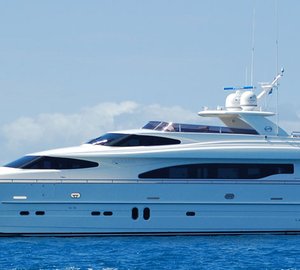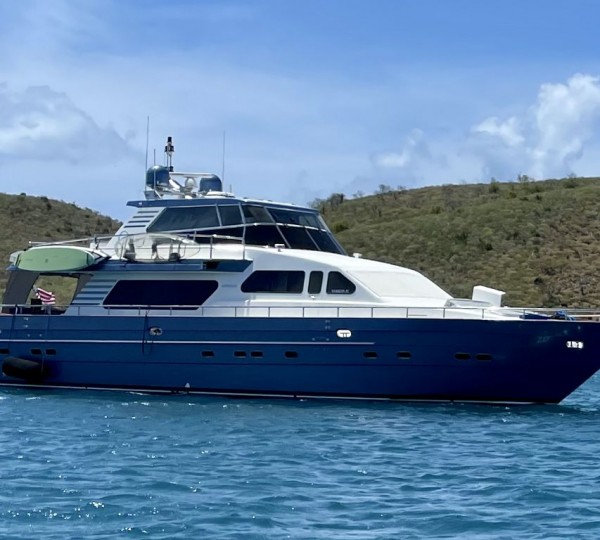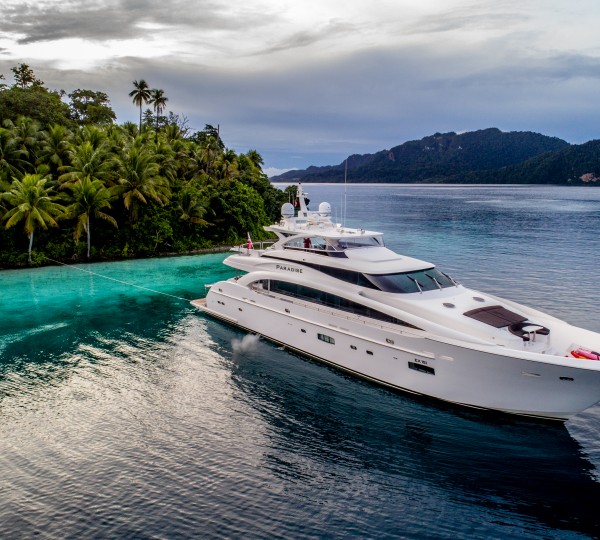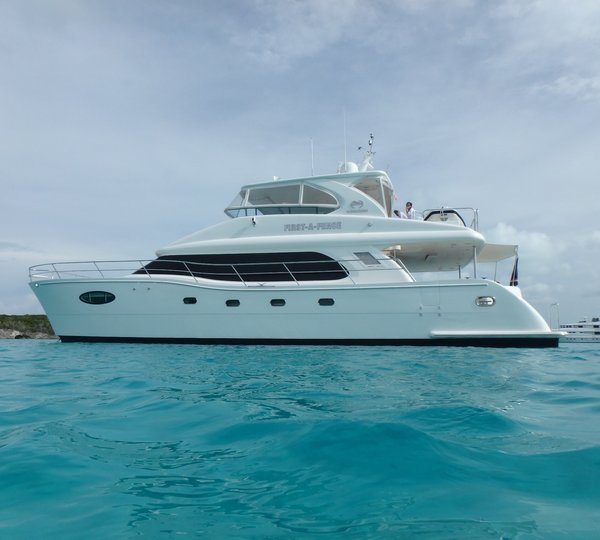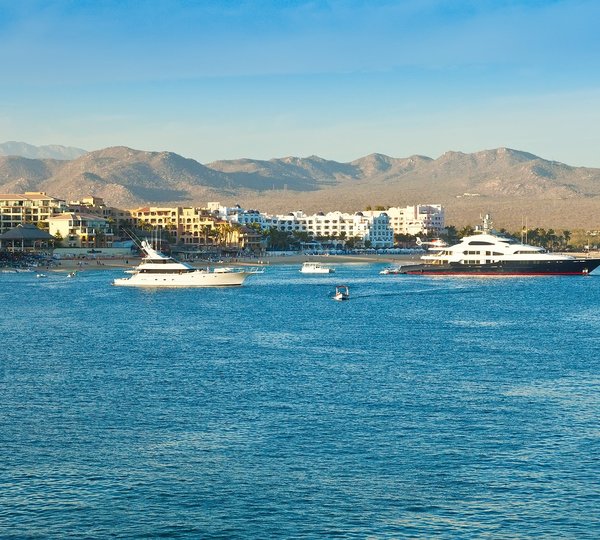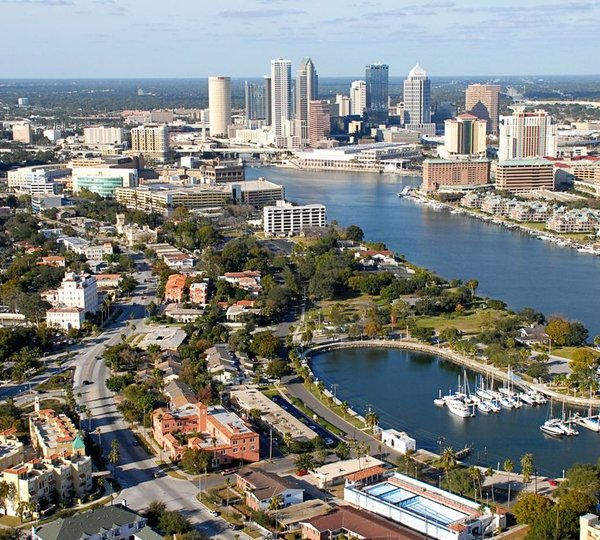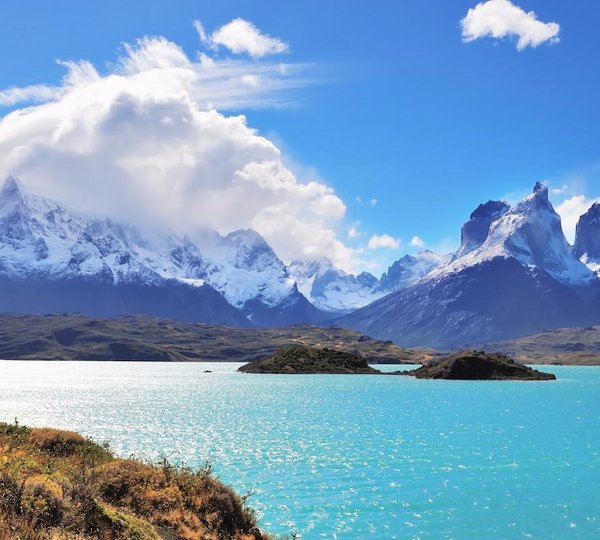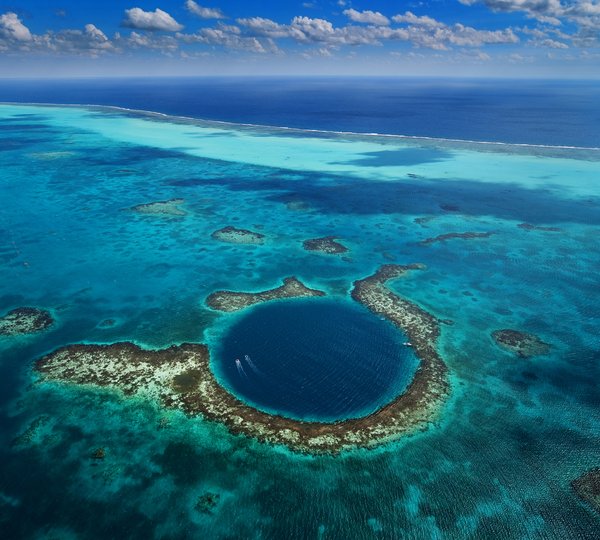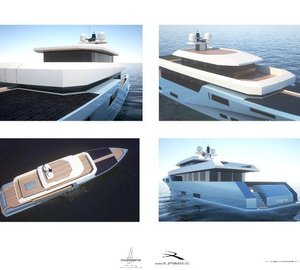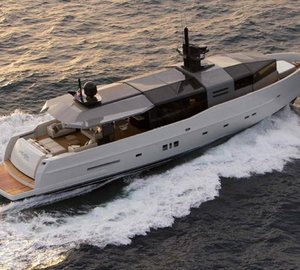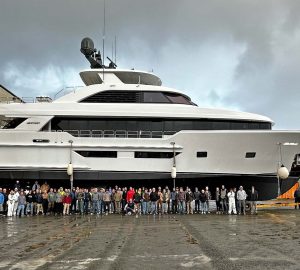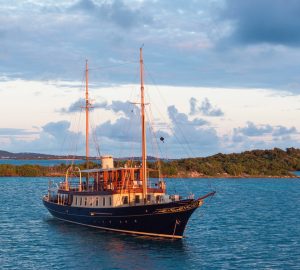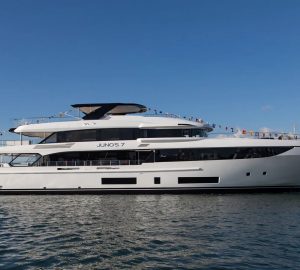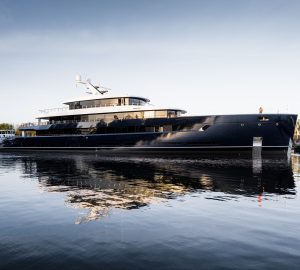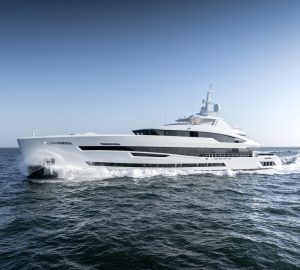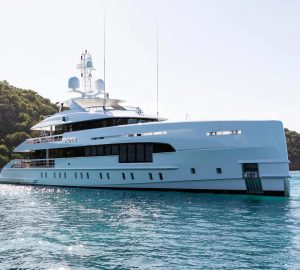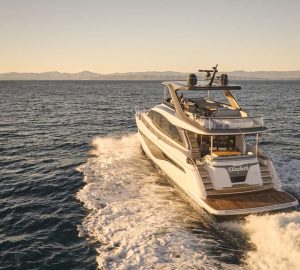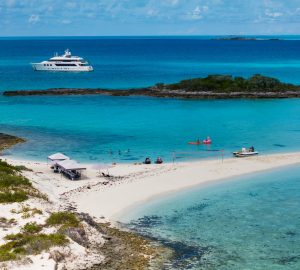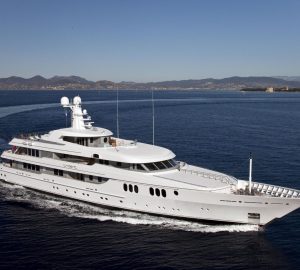Commercial hydrocarbon sensors have been successfully adapted and deployed in existing SeaKeeper 1000TM installations. Funding is urgently needed to quickly install additional sensors within the existing fleet, to equip new vessels, and to fund the related research.
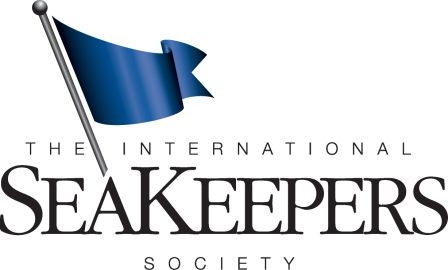 In response to the Deepwater Horizon oil spill crisis in the Gulf of Mexico, the not-for-profit International SeaKeepers Society, in cooperation with their commercial partner YSI, Inc. and the University of South Florida, a member institution of the Florida Institute of Oceanography, has adapted a C3 Hydrocarbon sensor from Turner Designs to integrate into its proprietary SeaKeeper 1000 oceanographic and atmospheric data acquisition system.
In response to the Deepwater Horizon oil spill crisis in the Gulf of Mexico, the not-for-profit International SeaKeepers Society, in cooperation with their commercial partner YSI, Inc. and the University of South Florida, a member institution of the Florida Institute of Oceanography, has adapted a C3 Hydrocarbon sensor from Turner Designs to integrate into its proprietary SeaKeeper 1000 oceanographic and atmospheric data acquisition system.
In incorporating the well-established C3 sensor, the SeaKeeper 1000 unit is now capable of mapping the dilute hydrocarbon (oil) plumes and the extent the of the oil spread. Under the leadership of Dr. Mark E. Luther at the University of South Florida, the hydrocarbon sensor has been successfully deployed to the area of the spill on R/V WeatherBird II. SeaKeepers’ ability to gather meteorological and oceanographic data provides a more comprehensive dataset. “The SeaKeeper 1000 system is a powerful ocean observing tool capable of collecting, and both spatially and temporally tagging data from multiple meteorological and in-water sensors from a variety of manufacturers, with real-time data telemetry via satellite,” said Dr. Luther, Associate Professor and Director of the USF Ocean Monitoring and Prediction Lab.
SeaKeepers is actively soliciting funding to monitor and track this unparalleled catastrophe. While the sensor works extremely well in blue water, further refinements are needed for close inshore monitoring due to potential interference of color dissolved organic matter (CDOM). “The more data that can be gathered from the open and coastal waters of the West Coast of Florida, the Keys, and the East Coast of the United States, the better equipped scientists will be to provide answers on the effects of the oil spill. A baseline must be established quickly,” said SeaKeepers President Dean C. Klevan. “Dr. Luther’s research proves that this technology works…and it is ready now.”
The SeaKeepers’ autonomous, flow-through survey system seamlessly merges GPS data with crude oil concentration (and data from other 3rd party sensors) to allow quick mapping of the survey area. All data are logged to the onboard computer and are transmitted to the SeaKeepers’ servers, via satellite telemetry. The information is available, without cost, to marine and atmospheric scientists, enabling further study. SeaKeepers is in the process of expanding the installations to include vessels of the NOAA’s National Marine Sanctuaries.
Coastal installations at strategic locations are under study. A smaller portable solution has been engineered by YSI and has been installed on the Florida Department of Environmental Protection’s 21-foot monitoring boat. While the SeaKeeper 1000 unit usually involves a thru-hull fitting, this new design is capable of being installed in a matter of hours on the transom or gunwale of a small boat, or the existing seawater system of any large vessel. This system’s operational simplicity allows vessels of opportunity to be utilized for rapid spatial, surface surveys of relative oil concentrations using Turner Design’s C3 oil sensor.
International SeaKeepers Society

